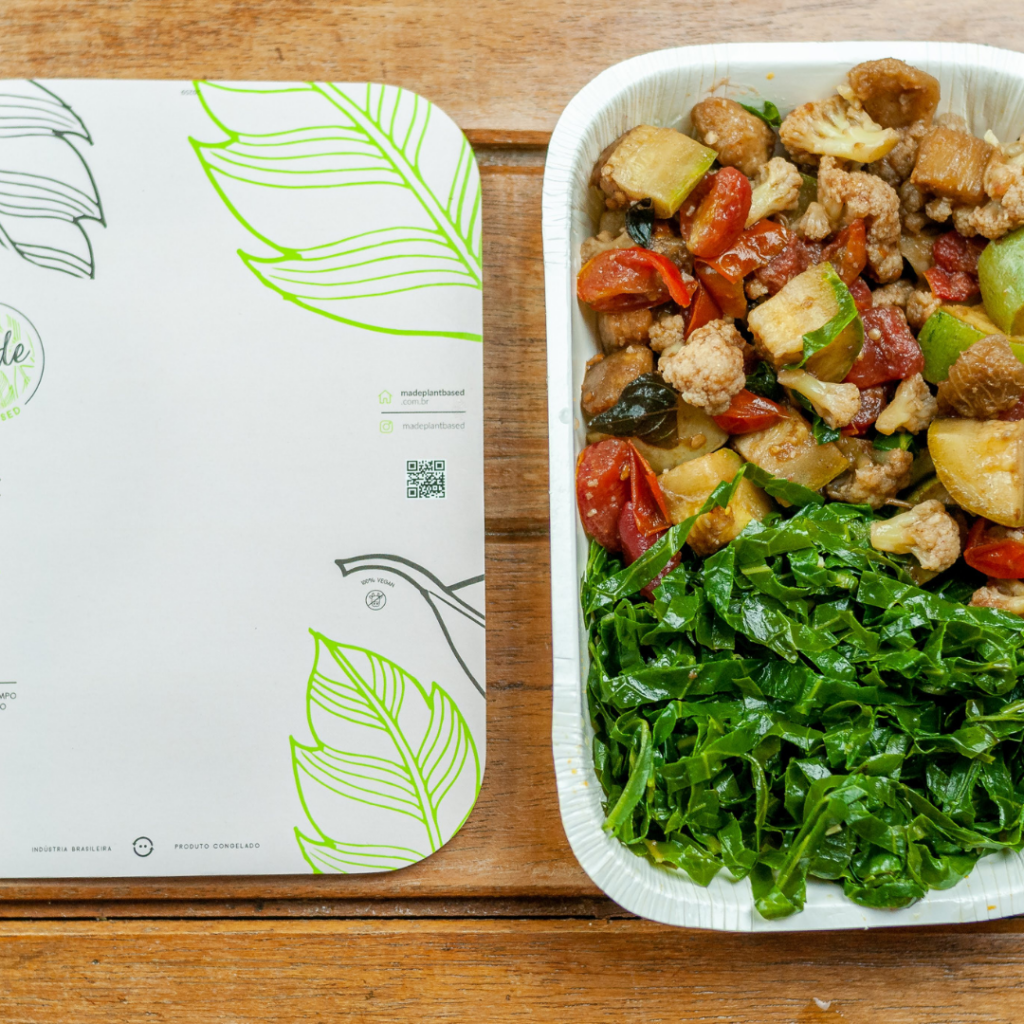Every athlete’s first thought when it comes to food is, “How many calories should an athlete eat?” Is that you? Yep, I have been there too, searching the web trying to find the right answer for me, my sport, and looking for something trustworthy. Well, you are in the right place!
Over the next few minutes, I will break down what goes into determining your caloric needs as an athlete, how to calculate them, and how to manipulate your needs to reach your overall goals based on the most recent research and performance nutrition guidelines.
Ready? Class is in session.
What do we need to know beforehand?
One of the biggest mistakes that athletes make is thinking that their caloric needs are based on one thing – their sport, how much their watch says they burned etc. But in reality, what you need is based on many different components.
Diet history
What do you usually do, what have you done before, and what are you doing now? If, as an athlete, you are a chronic dieter and constantly eating <1200 calories per day (you should NOT be doing this, by the way), would we want to throw 4000 calories at you? No way!
We should pinpoint a happy medium to give you what you need while avoiding doing too much too fast.
Biometric data
In our practice, we always want to be sure we have the basic information handy such as weight, height, age, and gender. These make up the core components of most caloric or energy calculations and estimations.
Did you recently get your body composition tested? Your fat-free mass and fat mass may be utilized in particular calculations that may be more suitable for estimating calories for athletes. So, if you have it, great, and if not, no worries, you can still determine your needs without it!
Lifestyle
This is an area that is underestimated. We must think about your life outside of your sport. Do you Netflix and chill all day, do you work an intense job, are you pregnant or breastfeeding? All of these things plus more will change your caloric needs!
Current season and training regimen
The season you are currently in will determine the intensity of your workouts and, therefore, how many calories you burn daily. Do you need a million calories during the off-season when you may be training only 3 times per week? I don’t think so, my friend!
Thermic Effect of Food
Believe it or not, you actually burn calories just by eating food! This is something you may not see accounted for on your apple watch or online calculator. Still, the energy your body expends can actually call for you to need an additional 10% increase in calories. (1)
Goals & Practicality
What do you want to achieve? Is it just maintaining, is it putting on muscle or leaning out? There is a route for everything. But at the end of the day, we have to remember: it’s one thing to come up with a number; it’s another to know if it is actually doable or not. So we need to be realistic.
Ok, let’s move on!
How do we calculate it?
Determine your Resting Metabolic Rate – OPTIONS
In an ideal situation, you would be able to go into a lab, relax or exercise, and find out your exact resting metabolic rate (amount of calories you burn a rest) by a machine measuring the amount of heat you give off (2), this is called direct calorimetry.
However, most people do not have access to this (as it is mainly a research tool), nor do they have the money or time.
Alternatively, some people can utilize technology that measures the number of calories you burn by measuring how much oxygen you use and how much carbon dioxide you create. There has even been a method developed that only looks at carbon dioxide.
BUT…long story short, though it is less costly and takes less time than the gold standard, it is still not something everyone has access to. (1,3)
As of late, wearable fitness trackers have come to the forefront in popularity (think Apple Watch, FitBit, GoogleFit) and are certainly an option as they measure calories through a combination of personal measurements and acceleration.
Though it is more easily accessible and convenient (and cool looking, if I may say so myself), their accuracy can vary significantly, may not account for many of the factors we listed earlier, and again may not be accessible or desired by some people. (3)
So, what’s left?
Thankfully, scientists have developed a way for everyone to take part in the calorie game! Walah, predictive caloric equations! Over the years, many equations have been created to estimate your personal calorie goal as an athlete by using some of the components we previously discussed!
Take note; I specifically said these options are ESTIMATIONS, which means there will be some error, and it may not be perfect. However, we can try to get as close to your exact needs as possible.
Predictive Caloric Equations for Athletes
All predictive equations are unique in their own way. Until recently, no one particular equation was best for the athletic community due to higher lean muscle mass leading to over or underestimations. (1,4)
Basically, the research is still emerging. BUT, listed are a few options that are commonly used (in combination) for elite athletes:
| Equation Name | Equation (1,4) | Notes (1,4) |
| Mifflin-St. Jeor | Men: 10*Weight + 6.25*Height – 5*Age + 5 Women: 10*Weight + 6.25*Height – 5*Age – 161 | Based on physical characteristics, and was created for the obese population. |
| Cunningham | 370 +21.6*Fat-Free Mass | It may be one of the more accurate options for athletes since it considers fat-free and fat mass. |
| Harris-Benedict | Men: 66.4730 + 13.7516*Weight + 5.0033*Height -6.7750*Age Women: 665.0955 + 9.5634*Weight + 1.8496*Height – 4.6756*Age | One of the earliest predictive equations to be developed |
| Owen | Men: 879 + 10.2*Weight Women: 795 + 7.18*Weight Female Athlete: 50.4 + 21.1*Weight | Has an equation developed specifically for the female athlete may be a preferred method for them. |
Determine TDEE (Total Daily Energy Expenditure)
Remember when I mentioned there is more than one factor that goes into your calorie needs? Well, here ya go! It is best practice to utilize all of these equations to create a BASELINE caloric range, as they each are estimations, as I previously mentioned. Once you have your range, we need to add a few things to determine your TDEE. Including the following:
- Account for lifestyle & activity – usually this ranges from 1.1-2.5 with 1.1 being a couch potato and 2.5 being an elite professional athlete. (1) You would simply multiply your ranges by this.More advanced? You can use METs (metabolic equivalent of tasks) to determine calories per activity, but we are keeping it “simple” today.
- Account for food burning some calories for ya – add an additional 10% (just multiply by 0.1, you’re welcome)
- Determine if you want to maintain, gain, or lose weight – to simply maintain, you will want to eat the same amount of caloris that you burn
How many calories should an athlete eat to lose weight?
When it comes to losing weight, the idea is to have fewer calories in than you have going out. As athletes, we want to be sure you aren’t losing too much too fast and risk insufficient energy stores, injury, disordered eating habits, and more, all of which can impair performance and jeopardize your health.
In turn, it is recommended to reduce daily caloric intake by 300-500 calories for men and 200-300 for women. (1) Ideally, you will only want to do this during the off-season, as most athletes we come across are already in deficit, and we wouldn’t want to add to that.
How many calories should an athlete eat to gain weight?
You may have already guessed based on the last section, but we want more calories in than calories out. This is much easier said than done for most athletes, but it is doable and similar to losing weight, gaining weight should be done in the off-season!
The amount of daily caloric surplus varies per athlete, but the recommended amount for men is 300 calories and for women is 200 calories. (1) Again, this will all depend on your goals and what you can realistically handle!
What makes up these calories?
It depends!
Typically, once we have gotten to this point, we look at your background information in a bit more detail, such as your actual sport and your goals to determine how many of your calories will come from carbohydrates, how many will come from protein, and how many will come from fat – these are your macronutrients.
By manipulating these, we can get more precise and give your body exactly what it needs when it needs it to maximize your performance! But for now, I think I have loaded you up with enough information, haha!
The bottom line
As you can tell, there are so many factors determining how many calories you need as an athlete. But to sum it all up, stick to the following 4-sep formula to figure out how many calories you need as an athlete:
- Think about and note your personal and background information
- Calculate baseline needs calorie range using the estimation formulas (unless you have access to something better)
- Add on more calories for food and your activities
- Eat this number of calories to maintain. Add more or subtract some calories if your goal is NOT to maintain
Remember, this is not an end-all-be-all blog – there are so many ways to skin a cat.
Further, this won’t be perfect and requires a bit of practice to get it just right! However, as nutrition professionals, these are things that we can do in our sleep to save you time, stress, and extra effort.
So, if you need some help figuring this out and determining exactly what you need, book an appointment with one of our performance dietitians and start reaching your goals TODAY!



